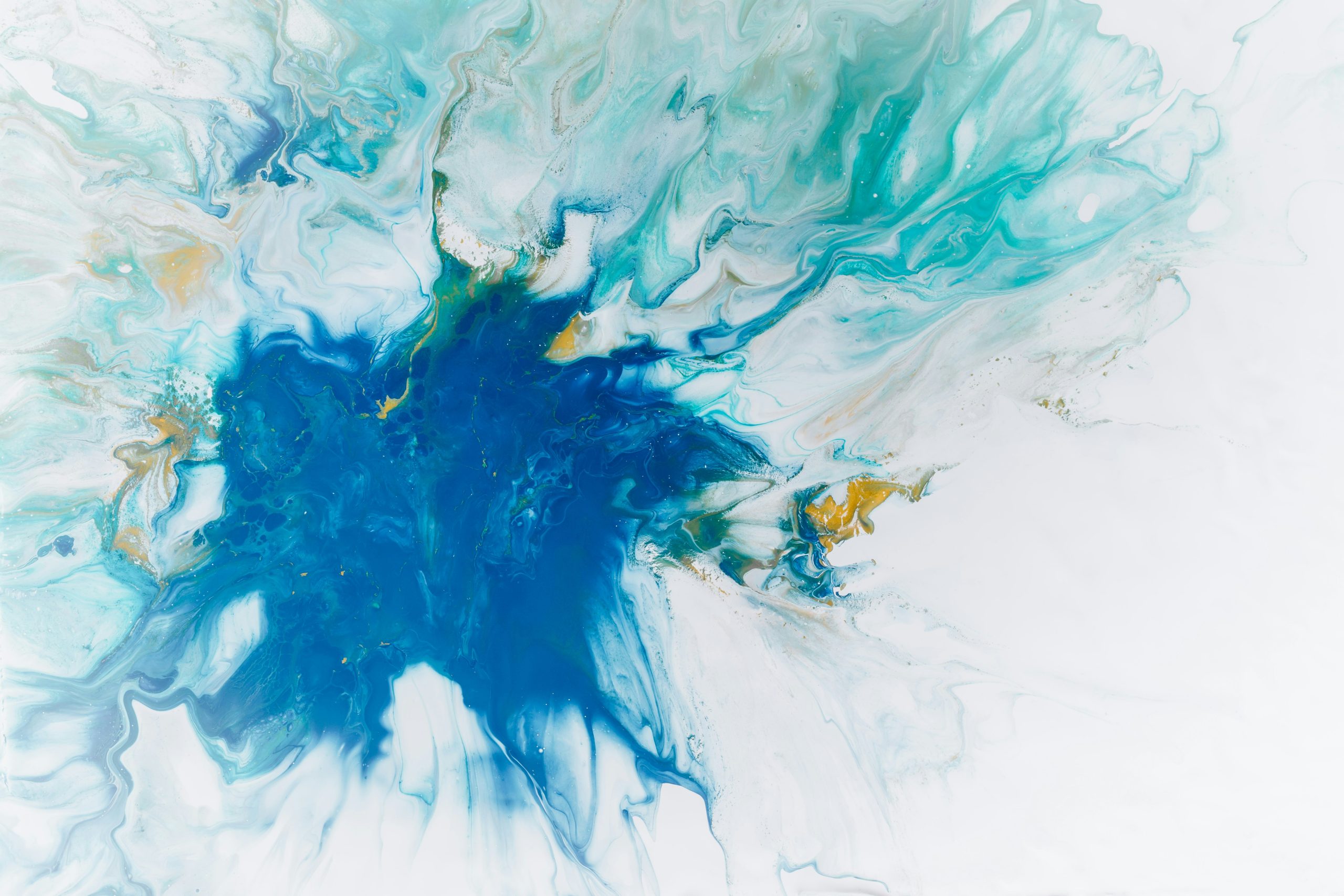The Giants in Norse Mythology: Jotnar and Thursar

Before diving in, please note: This post is for informational purposes only. If you’d like to know more about how we approach topics, feel free to check out our friendly Disclaimer Page.
Hey there, amazing readers! 🖐️ Just a quick note: yes, we know there are a lot of ads here. Trust us, we get it—it’s not the prettiest look, but they help us keep this blog alive and kicking. Those pesky little ads cover the costs of all the behind-the-scenes magic, from hosting and tech stuff to creating content we hope you’ll love.
We’re committed to delivering quality posts, and your support (even just sticking around despite the ads) means everything to us. So, bear with us, and thanks for helping us keep the good vibes rolling. Now, on to the fun stuff! 😉
TRANSLATE BUTTON AT THE END OF THE ARTICLE
The Giants in Norse Mythology: Jotnar and Thursar
Overview
In Norse mythology, the giants, or Jotnar, play a significant role in shaping the world and its inhabitants.
These colossal beings, often depicted as formidable adversaries of the gods, possess immense strength, magical powers, and exhibit a diverse range of characteristics.
Alongside the Jotnar, another group of giants called the Thursar exists, representing a distinct type of Norse giant.
This article delves into the origins, characteristics, roles, and stories of both the Jotnar and Thursar, exploring their significance in Norse mythology and their enduring legacy in modern interpretations and pop culture.
Introduction to the Giants of Norse Mythology
The giants hold a prominent place in Norse mythology, often portrayed as beings of immense size and power.
They are known as Jotnar in Old Norse, and their existence predates that of the gods themselves.
In Norse cosmology, the giants are primordial beings, part of an ancient race that inhabited the world before the creation of humans and gods.
Origins and Characteristics of the Jotnar
The Jotnar are believed to have originated from the primordial being Ymir, whose body formed the earth, oceans, and mountains.
As the ancestors of the giants, Ymir’s descendants, including the gods, humans, and dwarves, trace their lineage back to him.
The Jotnar themselves exhibit a wide range of physical appearances and abilities.
While some giants are depicted as monstrous and grotesque, others appear as beautiful and benevolent beings.
They possess incredible strength, often exceeding that of the gods, and are associated with elemental forces such as storms, mountains, and ice.
The Jotnar’s Role in Norse Creation Myth
In Norse creation mythology, the Jotnar play a crucial role.
According to the Prose Edda, a collection of Old Norse literature compiled by the writer Snorri Sturluson, the giants were present at the formation of the world.
The first giant, Ymir, emerged from the primordial void and gave birth to a race of giants.
Odin, Vili, and Ve, three powerful gods, eventually slayed Ymir and fashioned the world from his body.
This act of creation set the stage for the ongoing conflict between the gods and the giants.
Notable Jotnar Figures and their Stories
Several notable Jotnar figures appear in Norse mythology, each with their own unique stories and characteristics.
One such figure is Loki, a shape-shifting trickster god who is also counted among the giants.
Loki’s complex nature often leads to his involvement in both heroic and mischievous deeds, making him an intriguing character.
Another prominent Jotnar is Skadi, a goddess associated with winter, skiing, and hunting.
Her marriage to the god Njord and subsequent conflicts with the gods highlight the complex relationships between the two races.
The Thursar: A Different Kind of Norse Giant
In addition to the Jotnar, Norse mythology features another group of giants known as the Thursar.
Unlike the Jotnar, the Thursar are generally portrayed as malevolent and chaotic beings.
They are associated with destructive forces, darkness, and wilderness.
The Thursar are often depicted as giants with grotesque appearances and are known for their enmity towards the gods, frequently engaging in conflicts with them.
Tales of Conflict between Gods and Giants
The interactions between the gods and giants are rife with conflict and tension.
These tales often portray the gods as defenders of order and civilization, while the giants embody chaos and destruction.
The most famous clash between the gods and giants is the Ragnarok, a cataclysmic event that marks the end of the world in Norse mythology.
During Ragnarok, the giants, led by the monstrous figure of Surtr, wage a final battle against the gods, resulting in the destruction and subsequent rebirth of the world.
Giants in Norse Cosmology and the Nine Realms
The giants are deeply intertwined with the cosmology of Norse mythology and the concept of the Nine Realms.
Explore the Path to Spirituality and Enlightenment – Start Here.
These realms, interconnected by the cosmic tree Yggdrasil, include Asgard, the realm of the gods, and Jotunheim, the realm of the giants.
The giants, occupying Jotunheim, serve as both adversaries and allies of the gods, reflecting the complex and multifaceted nature of their relationship.
Giants in Norse Art and Symbolism
The giants find representation in various forms of Norse art and symbolism.
In ancient Norse art, depictions of giants often appear in intricate wood carvings, metalwork, and tapestries.
These artistic representations portray the giants as formidable beings, emphasizing their size and power.
Giants also feature in the symbolism of Norse mythology, representing primal forces of nature, chaos, and the untamed wilderness.
Jotnar and Thursar in Old Norse Literature
Old Norse literature provides rich sources for understanding the giants in Norse mythology.
The Poetic Edda, a collection of anonymous Old Norse poems, and the Prose Edda, written by Snorri Sturluson, offer detailed accounts of the giants’ origins, characteristics, and interactions with the gods.
These literary works shed light on the complex narratives and symbolism associated with the giants, providing valuable insights into their significance within Norse mythology.
Giants in Modern Interpretations and Pop Culture
The enduring legacy of Norse giants can be seen in their continued presence in modern interpretations and pop culture.
From contemporary novels and movies to video games and comic books, the giants of Norse mythology continue to captivate audiences with their larger-than-life personalities and epic battles.
Their influence can be observed in popular works such as J.R.R.
Tolkien’s "The Lord of the Rings" and Marvel’s "Thor" comics and films, where giants play significant roles.
Conclusion: The Enduring Legacy of Norse Giants
The giants, both Jotnar and Thursar, hold a significant place in Norse mythology, shaping the world and its stories.
From their role in creation mythology to their conflicts with the gods, the giants embody primal forces and represent the eternal struggle between order and chaos.
Their enduring legacy is evident in their continued presence in literature, art, and popular culture, captivating audiences and ensuring that the giants of Norse mythology remain a powerful and memorable aspect of human storytelling.

The Enlightenment Journey is a remarkable collection of writings authored by a distinguished group of experts in the fields of spirituality, new age, and esoteric knowledge.
This anthology features a diverse assembly of well-experienced authors who bring their profound insights and credible perspectives to the forefront.
Each contributor possesses a wealth of knowledge and wisdom, making them authorities in their respective domains.
Together, they offer readers a transformative journey into the realms of spiritual growth, self-discovery, and esoteric enlightenment.
The Enlightenment Journey is a testament to the collective expertise of these luminaries, providing readers with a rich tapestry of ideas and information to illuminate their spiritual path.
Our Diverse Expertise 🌟
While our primary focus is on spirituality and esotericism, we are equally passionate about exploring a wide range of other topics and niches 🌍📚. Our experienced team is dedicated to delivering high-quality, informative content across various subjects ✨.
To ensure we provide the most accurate and valuable insights, we collaborate with trusted experts in their respective domains 🧑🏫👩🏫. This allows us to offer well-rounded perspectives and knowledge to our readers.
Our blog originally focused on spirituality and metaphysics, but we’ve since expanded to cover a wide range of niches. Don’t worry—we continue to publish a lot of articles on spirituality! Frequently visit our blog to explore our diverse content and stay tuned for more insightful reads.









